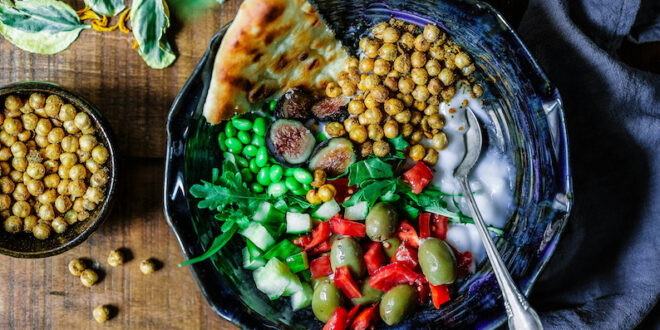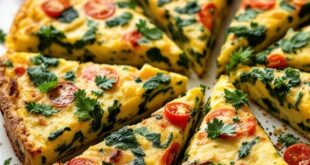Note: the following is not offered as nutritional advice. If you are considering a vegan eating life style, first consult your GP or a professional nutritionist for advice.
With so many eating styles now in vogue, you could be forgiven for not being completely certain just what a vegan diet entails. So, for simplicity’s sake, let’s adopt a ‘back-to-basics’ approach to define what is rapidly growing into a nutritional life-style.
Adherents to veganism have numerous different reasons for adopting this philosophy, but at its heart, vegan eating exists as a way to end the use of animals, by humans, as a source of food. And when we look closely at food labels, it can be surprising just where animal input is required to produce what we consume. Egg white or gelatine, for example, is found in many wines, where is it used as ‘finings’ to keep the liquid clear. Even some non-dairy creamers contain casein, a protein derived from milk. However, these ‘minor details’ usually don’t concern those who are wanting to experiment with vegan eating. The basics tend to be the sticking point – questions around how to get protein, for example, and essential vitamins.
In New Zealand, we are familiar with our protein coming in the form of meat, fish, and dairy products. Around the rest of the world, many cultures turn first to plant-based sources. This is often not only because these foods are readily available, but also because they are relatively cheaper than animal protein. Plant-based sources of protein include pulses (think beans and lentils), grains (especially brown rice, quinoa, teff, and whole wheat), nuts, seeds, and some processed products such as tofu and soy milk.
Among the pulses, some are higher in protein than others, and it is these vegans take especial notice of when choosing their meals. Chickpeas, for example, contain 12-13% protein. Soybeans contain 40% protein. It can be reassuring to compare these plant-based sources of protein to meat and dairy sources. For example, 100gms of cooked soybeans contains 18.2gms of protein, while 100gms of chicken drumstick contains 21.3gms of protein.
For vegans to stay healthy, there’s a little more to it than simply checking the ‘amount of protein per gram,’ in the plant-based foods they eat. Animal-based protein is ‘complete’, it contains all the essential amino acids (molecules that combine to form proteins) we need in our diet. Plant-based proteins, however, need to be eaten in defined combinations to provide the same essential nutrition. If this sounds complicated, in practise, it’s not, because when you combine grains and legumes, you have your complete protein. In practicality, whenever you eat hummus with pita bread (a legume with a grain), bingo, you’re doing it! When you eat a lentil dahl with brown rice, you’re also eating a complete protein meal. Other combos include a peanut butter sandwich, baked beans and toast, or a lentil burger inside a bread bun.
Those experimenting with vegan diets may have concerns about how to obtain sufficient levels of iron, because meat and dairy are often the go-to’s for this mineral. While plant-based foods (leafy greens for example), contain iron, plant-based iron needs to be eaten in combination with other foods in order to be absorbed adequately. One strategy is to eat plant foods rich in vitamin C with plant foods rich in iron. Vitamin C significantly increases the absorption of plant-based iron. Combos easy to prepare include a spinach and orange salad, or creamed spinach with a glass of orange juice. Hummus (broad beans with lemon juice) also fits the bill, as does a strawberry and kale smoothie.
Last (but by no means least) of concern to newbie vegans, is where to obtain vitamin B12. This vitamin is essential to health, but is only required in very small quantities. Historically, vegans probably obtained it through animal products accidentally ingested or unfiltered water sources. Now, vegans turn to B12 vitamin tablets (much safer and more convenient!).
Vegan eating is a fun way to experiment with new foods and recipes, and once you have the basics under your belt, it’s possible to remain healthy with a vegan lifestyle. Many decide to switch to vegan eating for a change – and end up doing it for good!









Lorri - 2 years ago
I’ve been vegan for 6 years now, I take an iron supplement, and B12, everything else is from my diet. I find many of the plant based alternatives are laden with salt, so generally make things from scratch. My omnivore friends are blown away by how good a vegan spag bol tastes, they’re used to not eating meat when I invite them for dinner.